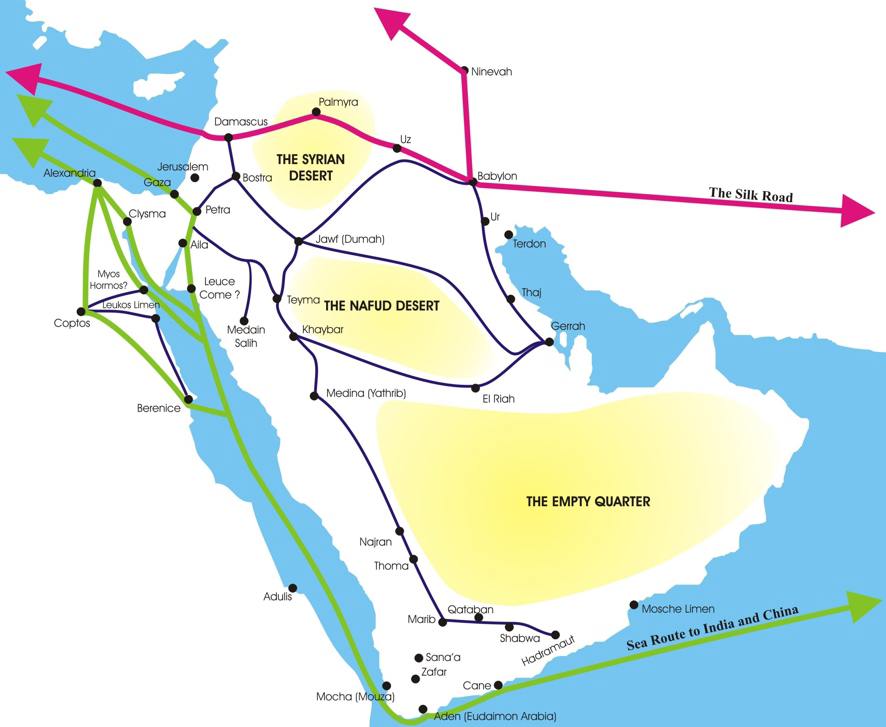|
Siege Of Jerusalem By Pompey
The siege of Jerusalem (63 BC) occurred during Pompey the Great's campaigns in the East, shortly after his successful conclusion of the Third Mithridatic War. Pompey had been asked to intervene in a dispute over inheritance to the throne of the Hasmonean Kingdom, which turned into a war between Hyrcanus II and Aristobulus II. His conquest of Jerusalem, however, spelled the end of Jewish independence and the incorporation of Judea as a client kingdom of the Roman Republic. Background The death of Hasmonean queen Alexandra Salome plunged Judea into a civil war between her two sons, Hyrcanus and Aristobulus. After Aristobulus had ousted his elder brother from both the throne and the high priesthood in Jerusalem, Antipater the Idumean advised Hyrcanus to enlist the aid of King Aretas III of Nabataea. In return for the promise of territorial concessions, Aretas provided Hyrcanus with 50,000 soldiers, and their joint forces besieged Aristobulus in Jerusalem. Sartre 2005, pp. 40- ... [...More Info...] [...Related Items...] OR: [Wikipedia] [Google] [Baidu] |
Jean Fouquet
Jean (or Jehan) Fouquet (ca.1420–1481) was a French painter and miniaturist. A master of panel painting and manuscript illumination, and the apparent inventor of the portrait miniature, he is considered one of the most important painters from the period between the late Gothic and early Renaissance. He was the first French artist to travel to Italy and experience first-hand the early Italian Renaissance. Little is known of Fouquet's early life and education. Though long assumed to have been an apprentice of the so-called Bedford Master of Paris it is now suggested that he may have studied under the Jouvenal Master in Nantes, whose works were formerly assumed to be early works by Fouquet. Sometime between 1445 and 1447 he travelled to Italy where he came under the influence of Roman Quattrocento artists such as Fra Angelico and Filarete. During the 1450s he began working at the French court, where he counted kings Charles VII and his successor Louis XI among his many patrons. ... [...More Info...] [...Related Items...] OR: [Wikipedia] [Google] [Baidu] |
Nabataea
The Nabataean Kingdom (Nabataean Aramaic: 𐢕𐢃𐢋𐢈 ''Nabāṭū''), also named Nabatea (), was a political state of the Arab Nabataeans during classical antiquity. The Nabataean Kingdom controlled many of the trade routes of the region, amassing large wealth and drawing the envy of its neighbors. It stretched south along the Red Sea coast into the Hejaz, up as far north as Damascus, which it controlled for a short period (85–71 BC). Nabataea remained an independent political entity from the mid-3rd century BC until it was annexed in AD 106 by the Roman Empire, which renamed it Arabia Petraea. History Nabataeans The Nabataeans were one among several nomadic Bedouin tribes that roamed the Arabian Desert and moved with their herds to wherever they could find pasture and water. They became familiar with their area as seasons passed, and they struggled to survive during bad years when seasonal rainfall diminished. Although the Nabataeans were initially embedded in Aramaic ... [...More Info...] [...Related Items...] OR: [Wikipedia] [Google] [Baidu] |

